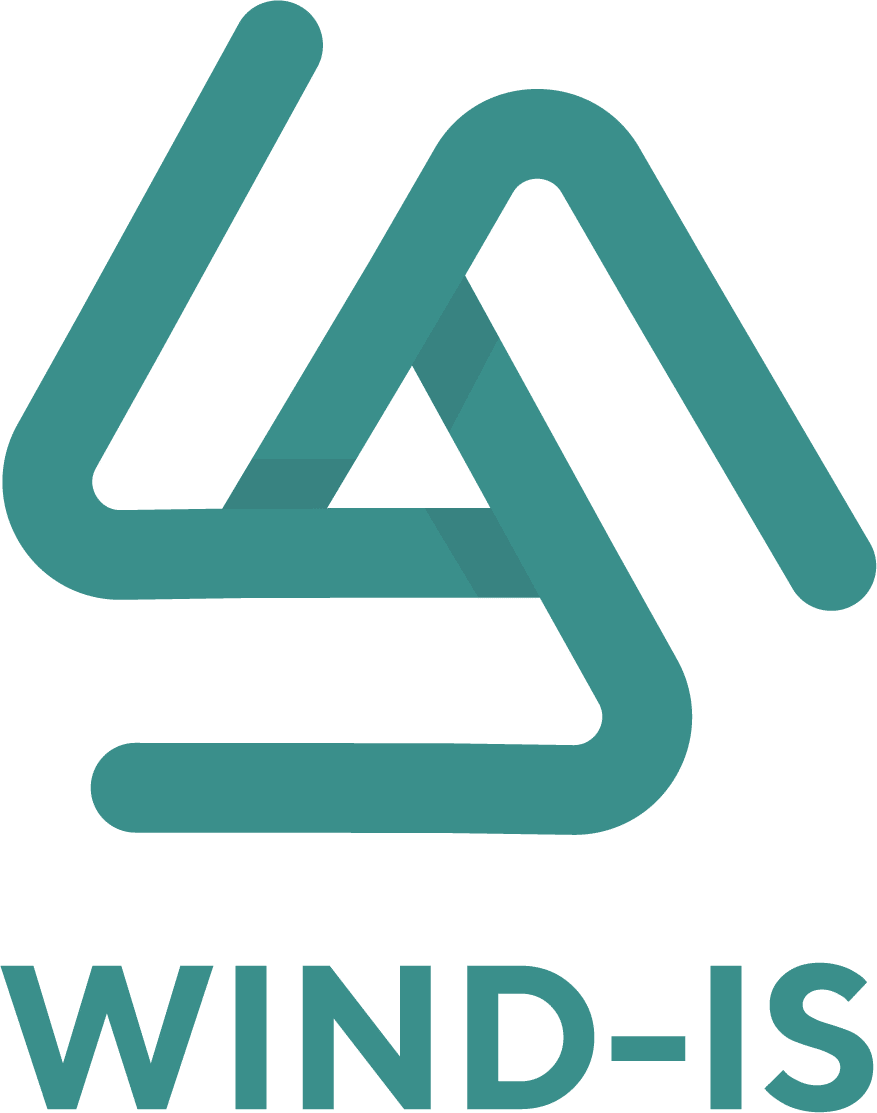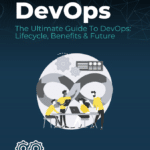Process Orchestration
Process Orchestration- Imagine a maestro skillfully wielding the baton, guiding each instrument to produce a melody. In the world of business, process orchestration plays a similar role.
Starting from its definition to 2023 trends, in this blog, we start on a creative journey to explore the captivating realm of process orchestration to make your decisions much easier.
We will go over the most critical questions for understanding its impact on driving efficiency, agility, and innovation:
What is Process Orchestration?
How Process Orchestration and Automation Fit Together?
When Do You Need Process Orchestration?
What are process orchestration’s best practices?
The Future of Process Orchestration
What is process orchestration?
As technology continues to evolve, embracing process automation becomes not just a choice, but a strategic imperative for sustained success. But how to make all processes collaborate seamlessly? There is where process orchestration comes in hand.
Process orchestration is a way to unify all your business and IT processes in one automation platform. It involves integrating and managing multiple software applications, services, and data sources to work together harmoniously.
How process orchestration and automation fit together?
Process orchestration and automation are like a dynamic duo for easier business operations.
While automation focuses on the execution of individual tasks, process orchestration takes a broader view, coordinating and managing the entire workflow.
Automation is the “how” of getting things done efficiently. It involves setting up rules and triggers to perform specific actions automatically.
Process orchestration is the strategy behind these automated tasks. It ensures that various automated processes work together harmoniously.
By using both, businesses can enhance task efficiency, minimize errors, and ensure a seamless integration of processes.
Process orchestration and automation can work together in the following ways:
Workflow automation: Process orchestration can define the overall workflow and sequence of activities, while automation tools can execute specific tasks within that workflow. For example, a process orchestration tool might define a multi-step approval process, and automation can handle tasks such as sending notifications, collecting signatures, and updating systems.
Task assignment and scheduling: Process orchestration can assign tasks to appropriate resources based on predefined rules and criteria. Automation can then be used to schedule and execute these tasks. For instance, an orchestration system can assign customer service tickets to available agents, while automation software can handle the actual ticket handling and response generation.
Integration and data flow: Process orchestration often involves coordinating activities across different systems and applications. Automation tools can facilitate the seamless flow of data and information between these systems by integrating them and automating data transfers. This ensures that information is shared accurately and efficiently throughout the process.
Exception handling: Process orchestration can define how to handle exceptions and edge cases within a process. Automation can be applied to automatically detect and resolve common exceptions or trigger notifications for human intervention when necessary. This combination allows for efficient error handling and reduces delays in the overall process.
Monitoring and reporting: Process orchestration can provide visibility into the progress and performance of various process activities. Automation can contribute by collecting and analyzing data, generating reports, and providing real-time insights. This helps stakeholders monitor the process, identify bottlenecks, and make data-driven decisions for continuous improvement.
In simpler words, process orchestration sets the rules and structure for managing complex processes, while automation tools execute specific tasks within those processes. Together, they enable organizations to streamline operations, reduce manual effort, improve efficiency, and achieve better outcomes.
When does business orchestration become essential?
Process orchestration is needed when a business process becomes complex. You’ll notice that the process has involved multiple systems and applications. It will also have endpoints with diverse functionalities and interfaces.
Process Complexity:
The business process becomes intricate, involving numerous steps and decision points. It also becomes challenging to manage and coordinate manually.
Process orchestration helps streamline and automate the execution of these complex processes. It will help you define workflows, assign tasks, and manage the flow of data between different systems and endpoints.
Endpoint Diversity:
As business processes span across various systems, applications, and endpoints. Each with its own unique capabilities and interfaces, integrating them becomes crucial.
Process orchestration enables seamless communication and integration between these diverse endpoints. It ensures data consistency, system interoperability, and efficient execution of the overall process.
PS: Process orchestration challenges involve complex business processes. It requires integration, dependency management, exception handling, scalability, and performance considerations.
It also requires careful coordination, robust error handling mechanisms, and optimal design. Also, you will need resource management to avoid bottlenecks and ensure smooth communication.
What are process orchestration’s best practices?
Before diving into the best practices of process orchestration, you need to consider the specific requirements and context of your organization. It will absolutely influence the prioritization and implementation of these practices.
Here are the top practices:
1. Capabilities for Integration:
Choose a process orchestration solution that offers seamless integration with various systems, applications, and data sources. This enables the orchestration of end-to-end processes across multiple platforms.
Ensure that the orchestration platform supports standard integration protocols.
2. Monitor and Measure Performance:
Implement monitoring mechanisms to track process performance in real-time. Define key performance indicators (KPIs) and establish benchmarks to measure the efficiency and effectiveness of the orchestrated processes.
3. Workflow Visualization:
Real-time visualization of workflows helps users track the progress of processes, identify bottlenecks, and make informed decisions for optimization.
4. Ease of Use:
The orchestration solution should have an intuitive and user-friendly interface. It will enable process designers, administrators, and end-users to easily interact with the system.
5. Continuously Improve:
Regularly analyze process performance data, identify bottlenecks, and implement improvements.
Use the insights gained from monitoring and analytics to optimize the processes, streamline workflows, and enhance outcomes.
How can we predict the future of process orchestration?
It’s enough for us to know that orchestration requirements are expected to increase from $4.4 billion to $22.9 billion by 2031, according to experts.
The expansion of cloud-based applications and resources is driving much of this demand. Organizations are becoming more reliant on cloud providers, and not just one – the majority of organizations use numerous cloud vendors.
Traditional automation systems are unable to keep up with the increasing variety of tools on which IT and business teams rely. As a result, IT departments will continue to transition to extensible automation platforms that allow them to design, monitor, and manage numerous automation environments from a single interface.
2023 Process Orchestration Trends
In 2023, three emerging technologies are expected to heighten process orchestration: software robots, intelligent document processing (IDP), and process simulation.
RPA (Robotic process orchestration) and IDP (intelligent document processing) will handle more tasks, making them excellent data entry assistants, screen scrapers, and database managers.
Process simulation will enable digital twins to test new ideas, allowing for virtual operations to be replicated.
AI orchestration is predicted to play a significant role in 50% of enterprise processes by 2025, identifying redundancies, customer trends, and efficient ways to get things done.
Advancements in AI and machine learning technologies will transform teamwork, providing increased accuracy and faster project time to market.



